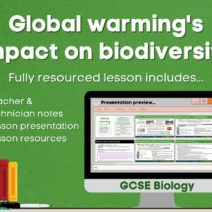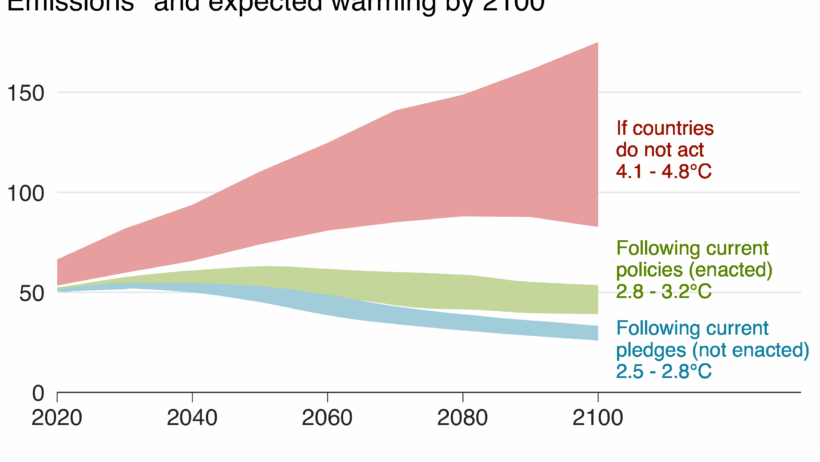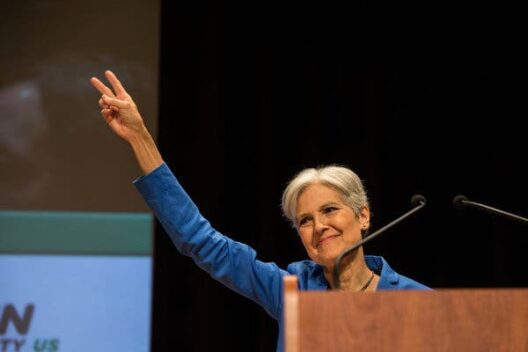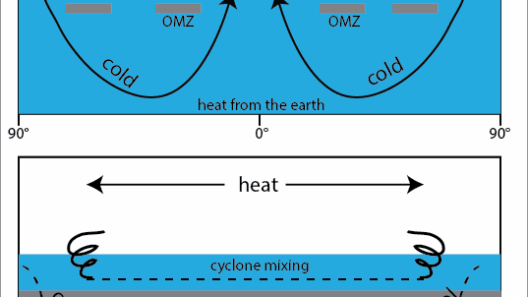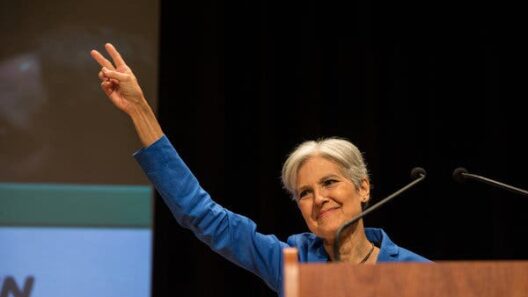The burgeoning realm of social media has woven itself intricately into the fabric of modern communication, transpiring not merely as a tool for connection but as a bastion of discourse around pressing issues, particularly climate change. In an era where a single tweet can mobilize thousands, the conversations taking place across digital platforms are vital to understanding the interrelationship between our online endeavors and the fate of the planet. This examination delves into how the climate conversation is amplified in the digital age and the consequential implications for global warming.
Firstly, the emergence of social media has fundamentally transformed the dissemination of information. The immediacy and accessibility of platforms such as Twitter, Facebook, and Instagram empower individuals to share knowledge instantaneously. This democratization of information allows climate activists, scientists, and concerned citizens to bypass traditional media outlets, directly engaging with a global audience. Consequently, this shift creates a more informed populace and stimulates a discourse that might have previously been marginalized.
However, while the potential for meaningful engagement is vast, it is critical to scrutinize the nature of the conversations transpiring online. Often, social media serves as a double-edged sword. Misinformation can spread as rapidly as accurate reporting, and this phenomenon presents a formidable challenge in fostering a well-informed climate dialogue. The proliferation of “fake news” concerning climate science causes confusion, undermining serious discussions and impeding collective action. Thus, discerning and distinguishing credible sources become imperative in navigating the digital climate landscape.
The emotional weight of climate conversations is further exacerbated by the phenomenon of “digital fatigue.” Continuous exposure to dire predictions, environmental catastrophes, and alarming statistics can lead to feelings of helplessness and disengagement. Users may find it easier to scroll past a grim infographic than to confront the realities of climate change. This emotional toll necessitates a recalibration of how climate advocates frame their messages. Transitioning from despair to empowerment can inspire action, as narratives that highlight feasible solutions rather than solely lamenting problems tend to engage audiences more effectively.
Furthermore, the role of visual media cannot be understated in the realm of climate discourse. Striking imagery, infographics, and video content on social platforms can elicit emotional responses that mere text cannot achieve. A single photograph of a bleached coral reef can encapsulate the urgency of climate action more powerfully than paragraphs of scientific data. As such, harnessing the power of visual storytelling can be a potent vehicle for advocacy, sparking curiosity and motivating followers to delve deeper into environmental issues.
Additionally, platforms like TikTok and Instagram, which emphasize brevity and creativity, have become fertile ground for innovative climate messaging. Youthful content creators are adept at translating complex environmental concepts into snappy, digestible formats, often accompanied by compelling narratives. This accessibility can galvanize younger generations, motivating them to partake in activism and education around climate change. By reshaping the narrative, social media can elevate grassroots movements, enabling them to challenge entrenched corporate or governmental narratives concerning environmental policies.
Moreover, social media serves as an incubator for community-building. The capacity to connect with like-minded individuals across geographical boundaries fosters solidarity among activists and enhances collective efficacy. Online platforms allow for the organization of initiatives, facilitating environmental campaigns, protests, and educational forums. These digital congregations often spill over into physical spaces, amplifying the impact of grassroots movements. Consequently, the interplay between physical activism and virtual engagement demonstrates that social media can catalyze real-world change.
The intersection of economics and social media also plays a critical role in shaping the climate dialogue. Brands, recognizing the growing consumer awareness surrounding environmental issues, are increasingly leveraging social media to promote sustainability initiatives. However, the phenomenon of “greenwashing”—where companies inflate their environmental commitments—poses risks. Consumers must remain vigilant, discerning genuine sustainability efforts from opportunistic marketing tactics. Thus, social media users hold substantial power; by demanding accountability, they can influence corporate responsibility and bring about tangible change in corporate practices.
Moreover, integrating artistic expressions into conversations surrounding climate change can engender a deeper emotional connection. Initiatives that blend art with activism—such as eco-art or performances highlighting environmental issues—can captivate audiences and elevate the climate conversation. Combining creativity with factual information provides a multi-dimensional approach that appeals to diverse demographics, ensuring that urgency is met with relatability. As such, creating relatable content within the environmental sphere enriches the narrative, allowing it to resonate with broader audiences.
Ultimately, the climate conversation on social media is more than a series of posts or hashtags; it embodies an evolving dialogue that has the potential to alter perceptions and behaviors. Each share, comment, and interaction contributes to a collective consciousness about the urgency of climate action. While the pitfalls of misinformation and digital fatigue loom, the possibility of transforming despair into hope is also present. By employing innovative storytelling, fostering community, demanding accountability, and integrating creative expressions, we can harness the power of social media to catalyze a robust and informed climate movement.
In conclusion, as we navigate this digital landscape, it is crucial to persistently challenge norms and elevate the climate discourse. Every digital interaction carries weight—shaping opinions, mobilizing actions, and ultimately influencing the policies that govern our planet. It is up to each individual, empowered by connectivity, to contribute to a more informed and proactive climate conversation. In doing so, we not only elevate our understanding of climate change but also inspire collective action toward palpable solutions that can pave the way for a sustainable future.
